Sitra and the Finnish National Gallery launched a participatory virtual art exhibition experiment, the metagallery in a metaverse service in October 2022. The aim of the experimental art exhibition was to explore the potential for offering art using new media and to experiment with participation in the area of art. The metaverse service Decentraland was the platform and partner for the experiment. Based on interviews with visitors, the art experience was not considered exceptional, but there was a firm belief in the future potential of the metaverse. The metaverse was not seen as a replacement for a traditional museum but the opportunity to visit remotely was appreciated.
A research team from the University of Oulu interviewed visitors to investigate their experiences of the art exhibition. Also, a researcher from the University of Helsinki participated in the analysis of the data available on a public blockchain (on-chain analysis). A more extensive article regarding the findings will be published this year, based on 11 interviews and the on-chain data analysis.
Piloting a virtual art exhibition pilot to learn about the potential of web 3.0
The Finnish National Gallery, Sitra and Decentraland wanted to experiment with presenting art in a virtual world. The aim was to inspire art lovers to explore the interactive virtual world and learn about the potential of Web.3.0, the next stage of development of the internet in the field of art.
A virtual 3D model of the Finnish pavilion at the 1900 Paris Exposition Universelle was created for the pilot. Twelve works by Finnish artists that were exhibited in 1900 and 12 works by contemporary artists were exhibited in the pavilion. Visitors could participate in various ways, such as by changing works from among selected thematic sets and voting on the next themes to be added.
User experiences varied
Based on the interviews, user experiences were mixed. On a scale of 4–10, user experience ratings ranged from 5 to 10 (median 7). Most interviewees who were already familiar with metaverses were enthusiastic. Those less familiar with metaverses were often disappointed with the graphics of the gallery and the art works. Most respondents felt it was significant that the Finnish National Gallery had joined the experiment.
Most interviewees had found the metagallery via the ready-made link. Other ways of finding the space perceived as a challenge. Creating a digital wallet was considered difficult and many used guest accounts to avoid the process. Using the metagallery requires high computer performance and a good internet connection, which some users felt was a problem. Ratings for the technical implementation ranged from 5 to 9 (median 7.5).
“Expectantly positive” art experience
Based on the interviews, the art experience can be described as “expectantly positive”, as one interviewee put it. The art experience was not considered to be exceptionally good, but there was a strong belief in the future potential of the metaverse. The virtual art exhibition was not seen as a substitute for a traditional museum, but the opportunity to visit remotely was appreciated. Many interviewees also felt that the communal aspect of the metaverse contains much potential. Ratings for the art experiences ranged from 4 to 10 among interviewees (median 7).
All interviewees believed that metaverses are a part of the future, although the technology was perceived to be underdeveloped in some areas. The interviewees’ willingness to spend money in the metaverse varied. An entry fee did not receive support unless it came with some tangible virtual ownership. The metagallery was also perceived as a way of preserving cultural heritage, the cultural value of which cannot be measured monetarily.
Plenty of potential in the analysis of blockchain data
The on-chain analysis of blockchain data carried out in connection with the pilot enables the collection and examination of data on a public blockchain. The data is transparent, easily available and users have access to digital wallets. This allows public blockchain-based activities to be visible to everyone and can therefore contribute to a fairer data economy.
Only data that is publicly available to all was used in the analysis of blockchain data and efforts were made to ensure that no data that is private or that refers to voters’ real identities was made available. However, users should be aware of the public nature of transactions on blockchains. It is possible to guarantee pseudonymity – the use of aliases or nicknames – by using several wallets that are not interconnected.
Virtual environments are still something new
The interviews and analysis on the virtual art exhibition make it apparent how new this development is. It will be several more years before the experience offered by the metaverse comes close to a real physical art experience.
Nonetheless, the technology is developing fast. The more we build virtual art experiences and other experiments, the more we will learn and promote progress. Like many of the visitors, Sitra also appreciates the courage of the Finnish National Gallery to experiment with presenting art in this new virtual environment.
The pilot also included experimental voting on the next theme of the virtual exhibition. One perceived barrier to widespread participation in voting was the difficulty of opening a digital wallet. Through experimentation and examining the results we can better understand the problems that we need to overcome to achieve the desired benefits.
It is in Finland’s interest to build a better understanding of what the next phase of the Internet and metaverses are all about and to promote the development of the relevant know-how and networks in Finland. Sitra is an independent future fund – a think tank, a promoter of experiments and operating models and an accelerator of co-operation, creating a successful and competitive Finland of tomorrow. It carries out experiments to gather and share lessons and generate long-term societal change to speed up the building of a sustainable future.
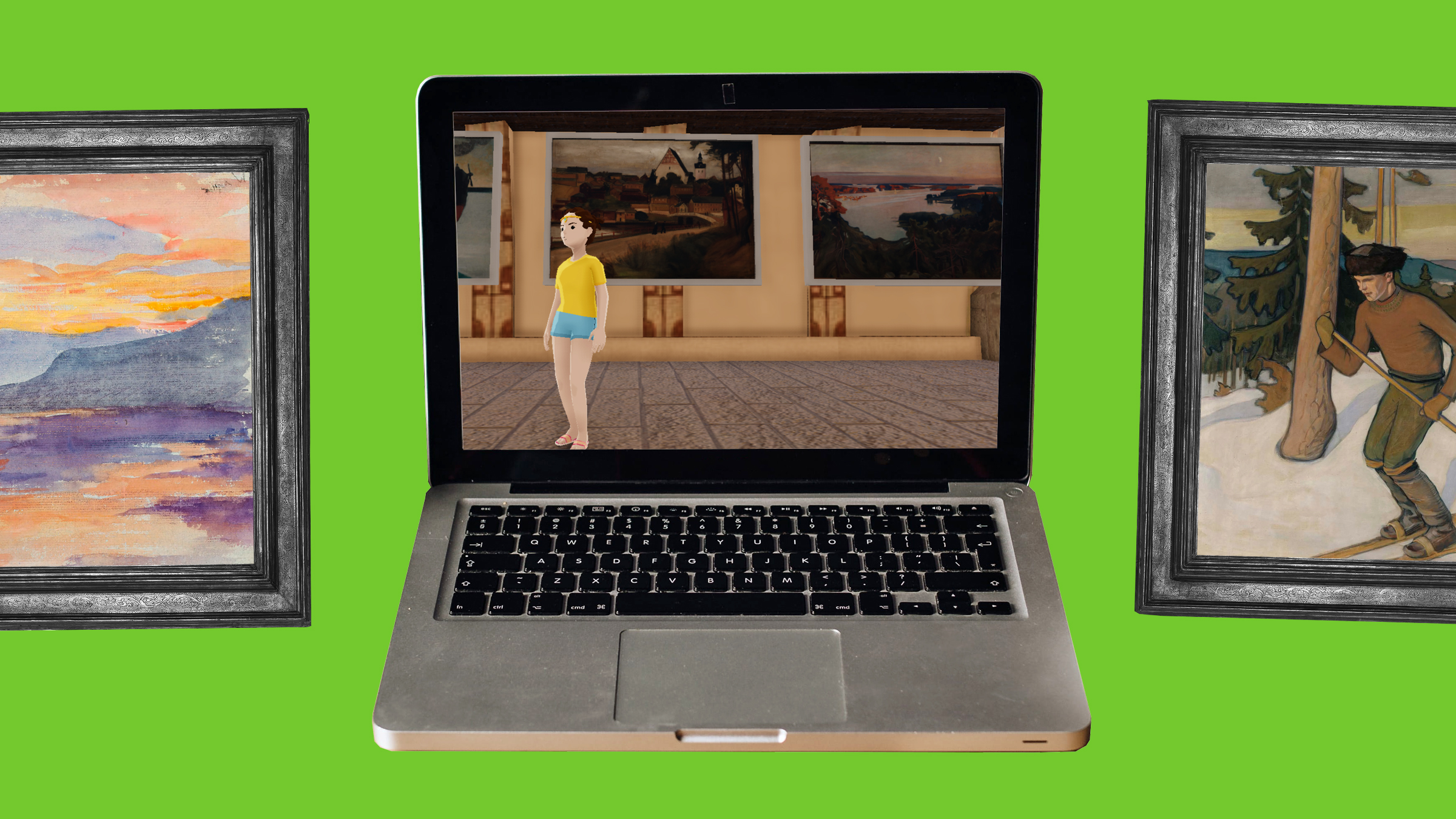
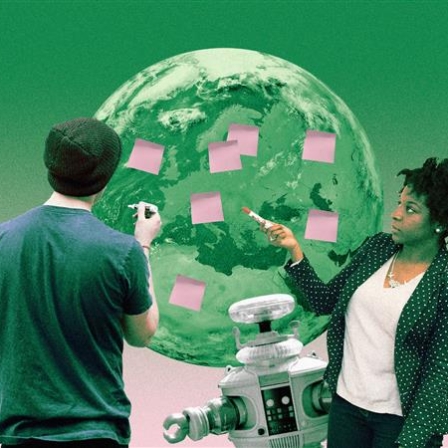
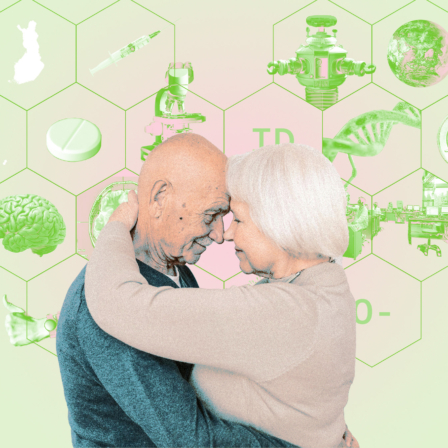

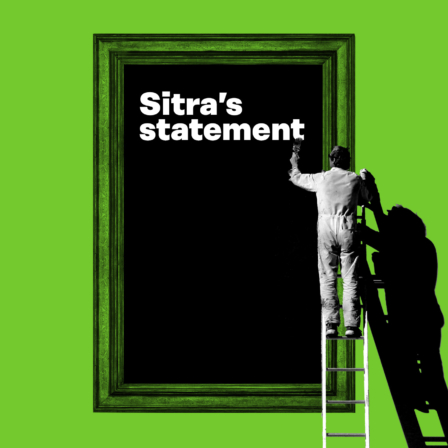

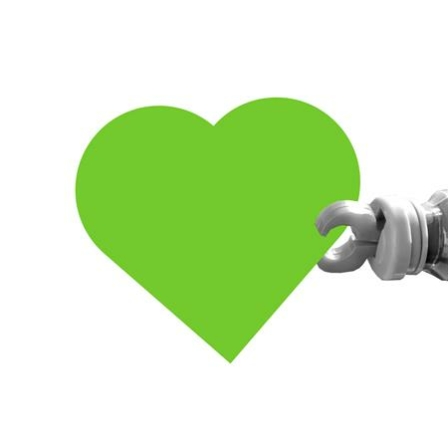
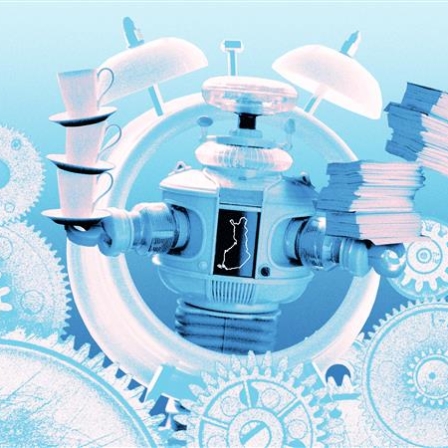
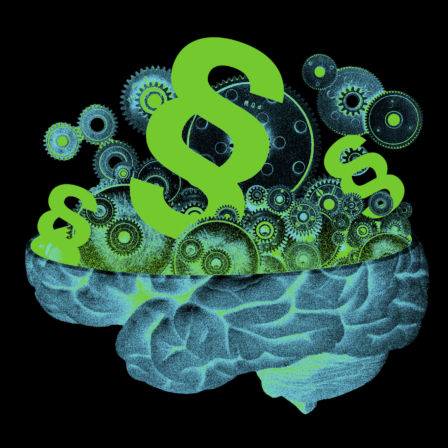
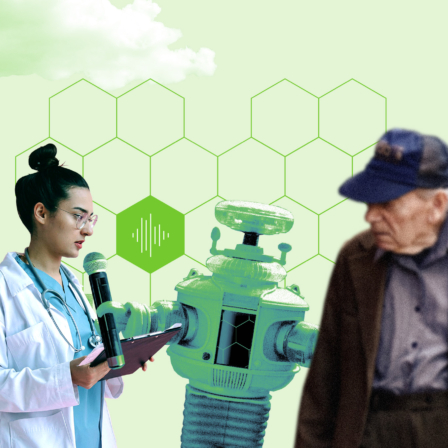

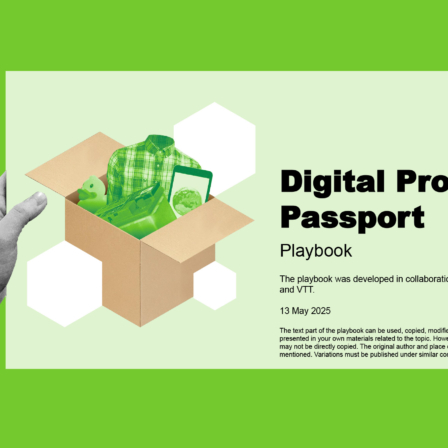
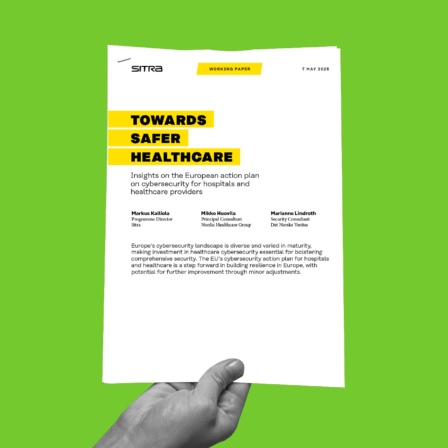

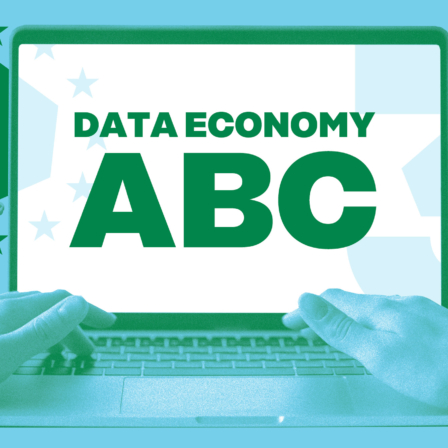
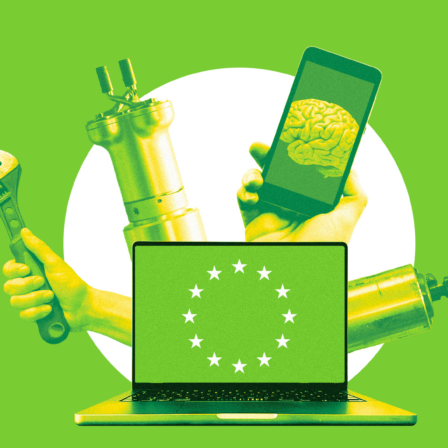
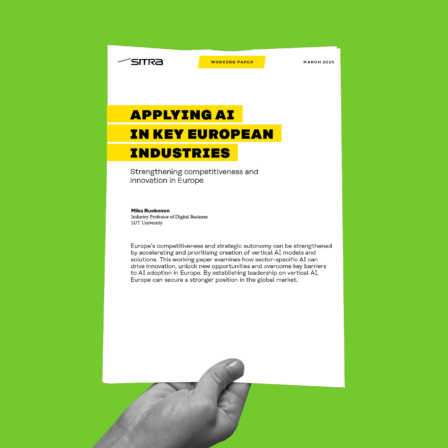
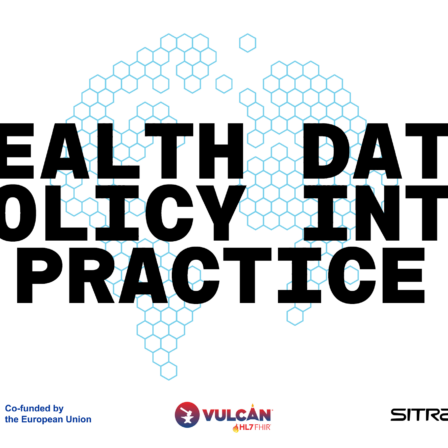

Recommended
Have some more.